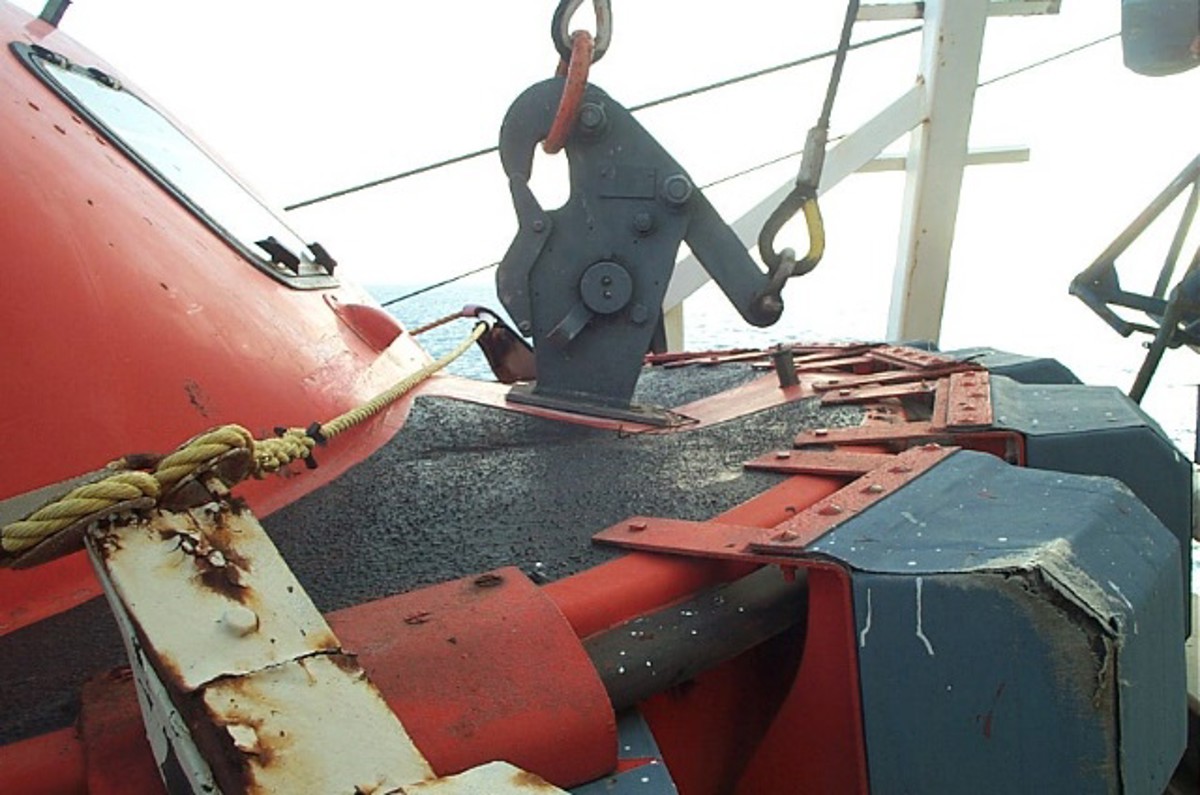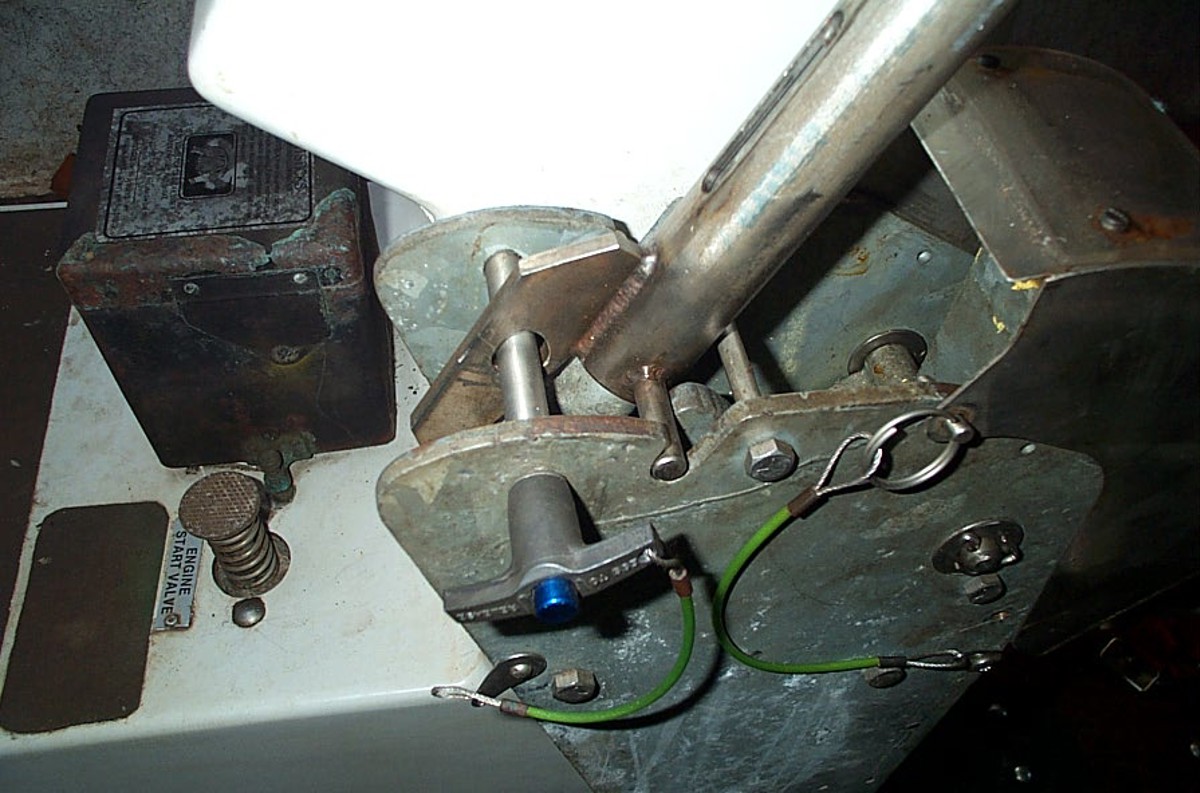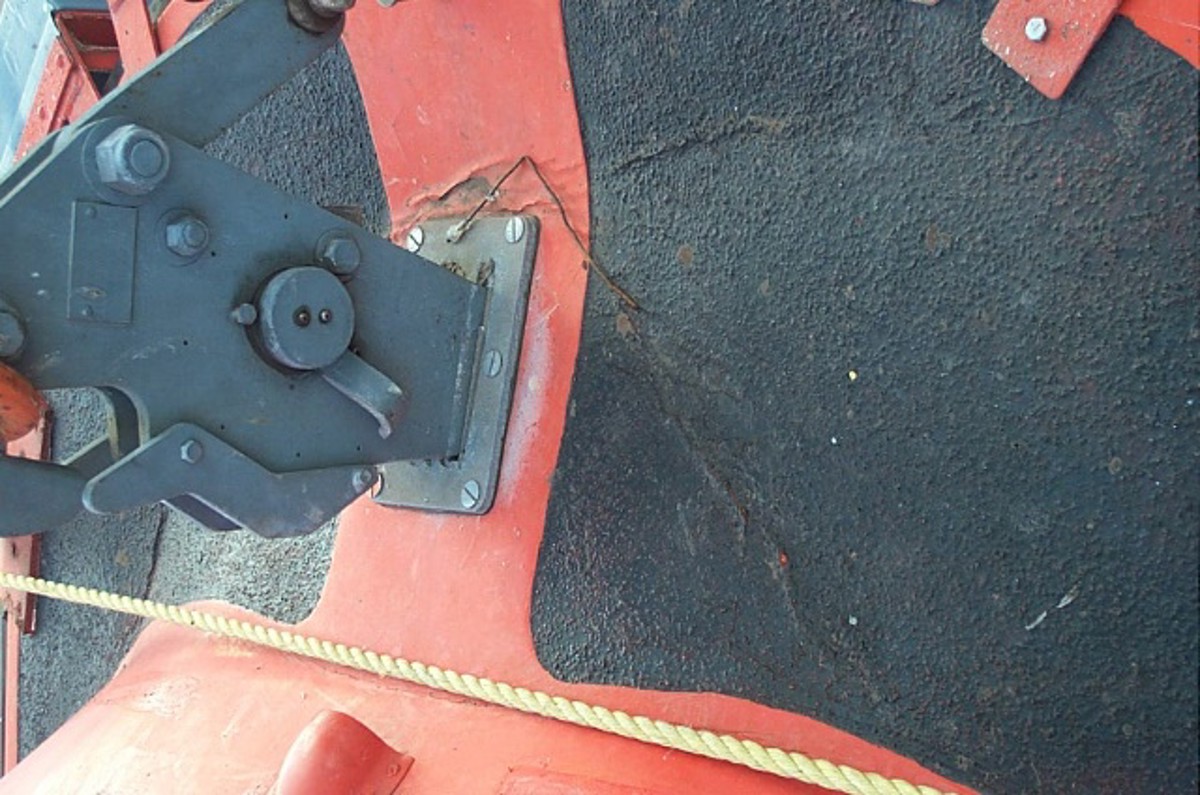Failure of lifeboat lowering mechanism
- Safety Flash
- Published on 1 July 2002
- Generated on 2 January 2026
- IMCA SF 05/02
- 2 minute read
Jump to:
A Member has reported that whilst lowering a lifeboat during coxswain training the bow release hook mechanism opened on contact with the water releasing the forward fall.
What happened?
The aft fall remained secured. Inspection found that the release was caused by a faulty cable mechanism. The forward operating cable end fittings had come loose and the cable was not holding the cam in place.
The incident could have been much worse. If there had been a jerk or sudden movement during lowering, the forward hook cam could have opened and dropped the lifeboat from height, resulting in serious injury and possible fatalities.
Key lessons noted by the company:
- All equipment faults/defects to be reported immediately on detection.
- All mechanisms to be tested on a regular basis. These tests to be included in Planned Maintenance System (PMS).
- Full inspection by manufacturer or designated reputable agent to be carried out at regular intervals.
- Recommended upgrades or modification to be carried out promptly.
The company’s recommended preventative action:
- Lifeboat manufacturer or their designated agent to carry out full inspection of all mechanisms as soon as possible and replace where necessary (when locking pin is under handle as opposed to through handle).
- Regular inspection schedule to be established (part of weekly area inspections) and to be included as part of PMS
- Manufacturer to carry out surveys at intervals recommended in SOLAS Regulations.
- Full visual inspection of all mechanisms to be carried out before any launching.
- All lifeboats to be test launched whenever the vessel is in port.
Pictures show mechanisms after modifications had been made.
IMCA Safety Flashes summarise key safety matters and incidents, allowing lessons to be more easily learnt for the benefit of the entire offshore industry.
The effectiveness of the IMCA Safety Flash system depends on the industry sharing information and so avoiding repeat incidents. Incidents are classified according to IOGP's Life Saving Rules.
All information is anonymised or sanitised, as appropriate, and warnings for graphic content included where possible.
IMCA makes every effort to ensure both the accuracy and reliability of the information shared, but is not be liable for any guidance and/or recommendation and/or statement herein contained.
The information contained in this document does not fulfil or replace any individual's or Member's legal, regulatory or other duties or obligations in respect of their operations. Individuals and Members remain solely responsible for the safe, lawful and proper conduct of their operations.
Share your safety incidents with IMCA online. Sign-up to receive Safety Flashes straight to your email.


